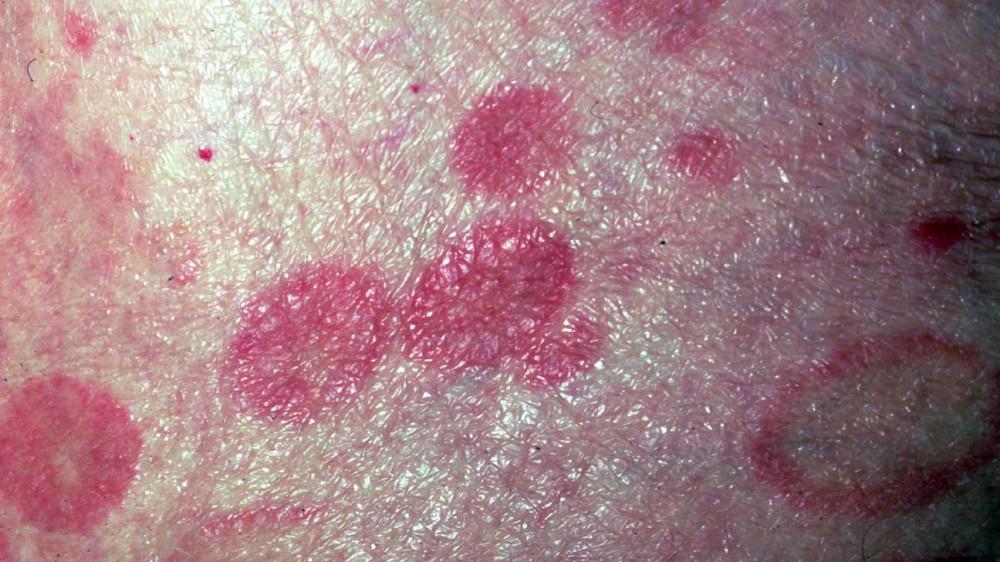
Understanding Cutaneous T-Cell Lymphoma (CTCL)
Cutaneous T-cell lymphoma (CTCL) is a rare type of cancer that begins in T-lymphocytes (T-cells), a form of white blood cells that plays a critical role in immune response. CTCL specifically affects the skin, causing various symptoms such as rash, plaques, or tumors.
What is Cutaneous T-Cell Lymphoma?
CTCL is an umbrella term for a group of lymphomas that primarily affect the skin. Unlike other lymphomas, CTCL starts in the skin before potentially spreading to other body parts. Mycosis fungoides and Sézary syndrome are the most common subtypes of CTCL.
Who gets CTCL?
CTCL is more commonly diagnosed in adults, particularly in those over 50. Men are more frequently affected than women, and it appears to occur more frequently in Black individuals compared to Caucasians. However, CTCL can occur at any age and in any demographic group.
Symptoms and Causes
What are the signs of CTCL?
Symptoms can vary widely, often resembling other skin conditions such as eczema or psoriasis, and may include:
- Persistent, itchy rash that may evolve into plaques or tumors.
- Skin redness or peeling (erythroderma).
- Enlarged lymph nodes.
- Hair loss, especially in cases associated with Sézary syndrome.
What causes CTCL?
The exact cause of CTCL is not well understood, although genetic mutations in T-cells have been implicated. It is important to note that CTCL is not infectious and cannot be spread from person to person.
Diagnosis and Tests
How is CTCL diagnosed?
Diagnosing CTCL usually requires a series of steps:
- Physical examination: Initial observation of the skin and consideration of medical history.
- Skin biopsy: A sample of skin is taken and examined under a microscope to identify cancerous T-cells.
- Blood tests: These may be conducted to detect abnormal T-cells circulating in the bloodstream.
- Imaging tests: To determine whether the cancer has spread beyond the skin.
Management and Treatment
How is CTCL treated?
Treatment for CTCL often depends on the stage and specific subtype of the disease, as well as the patient's overall health. Options include:
- Topical treatments: Corticosteroids and retinoids are applied to the skin to control symptoms source.
- Phototherapy: Exposure to ultraviolet light in a controlled setting to slow the growth of cancerous cells.
- Oral medications: Such as retinoids, which target cancerous cells throughout the body.
- Radiation therapy: Targeted radiation can be used to destroy cancer cells in localized areas.
- Systemic therapies: For advanced stages, including chemotherapy, immunotherapy, or targeted therapy drugs. For example, brentuximab vedotin (Adcetris) is used for certain types of CTCL.
A combination of treatments may also be employed to optimize outcomes. Regular follow-up is crucial to monitor the disease and adjust treatment accordingly.
Prevention
Can CTCL be prevented?
There is no definitive way to prevent CTCL since the exact causes are not well understood. However, maintaining general skin health and monitoring for any persistent skin changes can aid in early detection and treatment.
Outlook / Prognosis
What is the prognosis for CTCL?
The prognosis for CTCL varies considerably based on several factors, including the disease stage, subtype, and response to treatment. For many, it remains a chronic condition that requires ongoing management. Early-stage CTCL is often manageable with skin-directed therapies, while advanced disease may require more aggressive treatment.
Living With CTCL
When should I call the doctor?
Regular check-ups with a healthcare provider experienced in managing CTCL are essential. Contact a doctor if you experience new or worsening symptoms, side effects from treatment, or have concerns about your condition.
What questions should I ask my doctor?
- What type of CTCL do I have, and what stage is it?
- What are my treatment options, and what are the potential side effects?
- How will my condition be monitored over time?
- Are there lifestyle changes I can make to help manage my symptoms?
Additional Resources
For more information on CTCL, you can visit the following links:
A detailed understanding of CTCL and working closely with healthcare providers can help manage the disease and maintain quality of life.

Identify Skin Conditions Instantly
Try Rash ID for Free